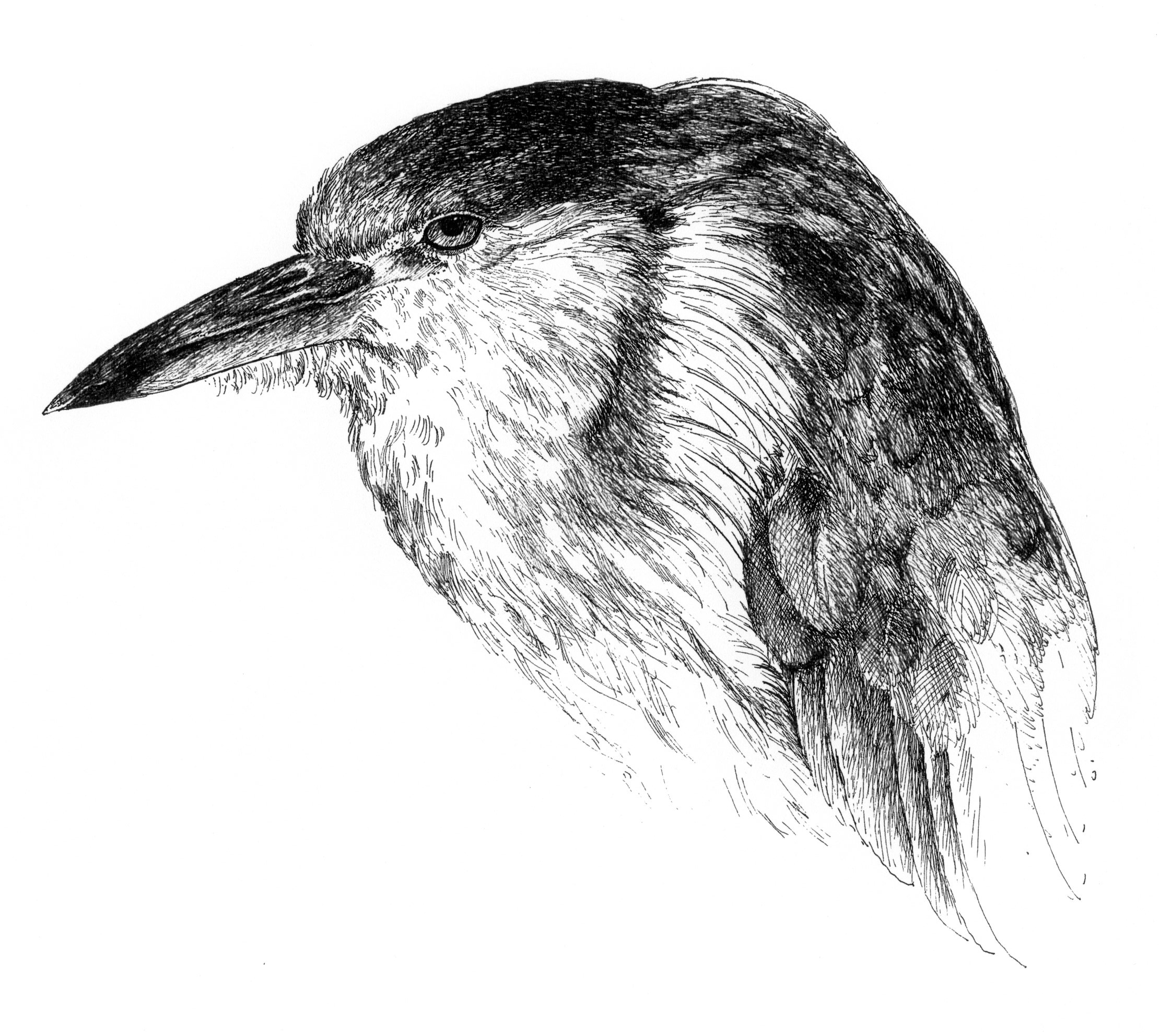Principles for integrating sensory biology and animal behavior to protect and manage wildlife
07-08-2016
In a recent book chapter, Prof. Fernandez-Juricic presented a conceptual framework to use principles of sensory biology to develop novel stimuli tuned to the sensory system of a target species in order to manipulate its behavior. This has widespread applied implications to modify the behavior of species (repel, attract) and reduce the frequency of human-wildlife conflicts (e.g., collisions between birds and aircraft/wind turbines, increasing the value of newly restored habitat to species of conservation concern, etc.).
Source: Fernandez-Juricic, E. 2016. The role of animal sensory perception in behavior-based management. In: Conservation Behavior: applying behavioral ecology to wildlife conservation and management. D. Saltz & O. Berger-Tal, Editors. Cambridge University Press, Cambridge.
Drawing by Gabriela Sincich
